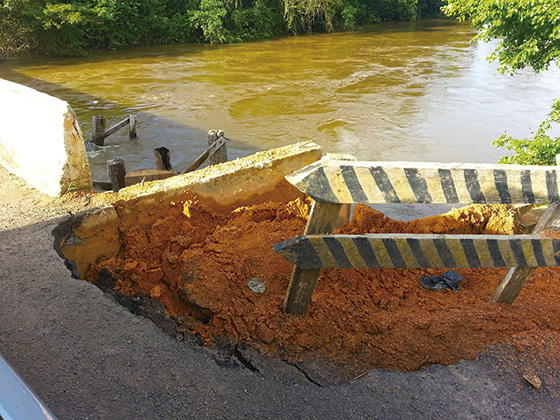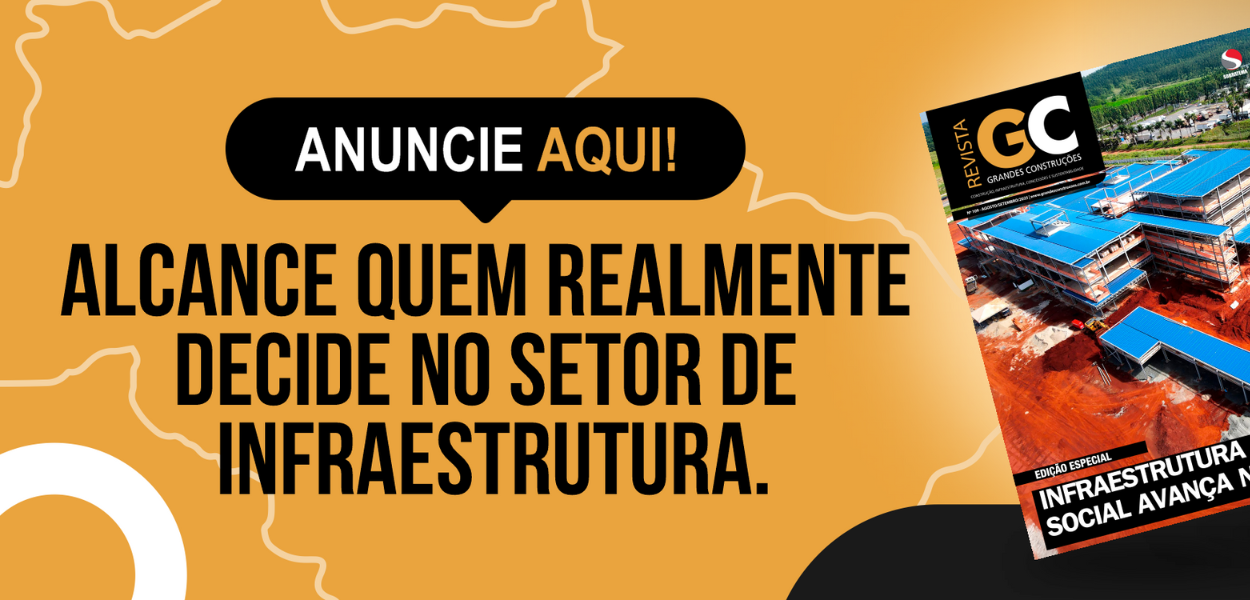Announced danger

Thousands of bridges and viaducts located in the road network have not the needed safety and reliability conditions due to their lack of maintenance.
The viaducts and bridges located in Brazilian federal roads remain without a regular program of maintenance and service and with no medium and long-term planning with this purpose. There are approximately five thousand works of art distributed along a network with more than 50,000 km, many of them in critical condition, offering serious risks for people and vehicles that are circulating through them. The responsibility for the maintenance and conservation of these structures is of the Departamento Nacional de Infraestrutura de Transporte (National Department of Transport Infrastructure - Dnit).
In June, 2013, the Federal Court of Auditors (TCU) determined that the Dnit—a state-run federal entity attached to the Ministry of Transports—had to identify in character of emergency bridges and viaducts of this road network that would be in critical condition. According to the TCU, the Dnit would also repair urgently this capital—evaluated in R$ 13 billion—establishing criteria, methodology and action planning for the periodic prevention of the less harmed structures.
But only 25 percent of the structures are registered in the computerized management system used by the organ, the so-called Sistema de Gerenciamento de Obras de Arte Especiais (Management System of Special Works of Art - SGO) which is used for field inspections. In addition, program data are completely outdated. According to the TCU, last qualitative information was inserted in the system in 2004, not reflecting the current condition of the structures. The auditors of TCU verified that between 2002 and 2004, Dnit identified 139 structures that were demanding immediate action to prevent the compromising of their integrity. But the works were carried out only in five of them. Since then, such structures—that were classified as critical at that time—had no corrective repairs and therefore may be in conditions even worse than those observed before.
According to a communication of the TCU sent to the Senate, the determinations contained in the judgment 752/2012—that deals with the maintenance, service and repair in special works of art located in federal roads—were partially fulfilled by the Dnit. The Senate alerted the Dnit to double its efforts in a way to fulfill the determinations contained in the judgment of TCU, considering the risks that the inappropriate maintenance of bridges, viaducts and other special works of art impose to the users of federal roads. The Senate also recommended the Dnit to make the necessary arrangements to install the functional board and to get the financial resources needed to the appropriate achievement of its attributions, considering that the board of directors of the organ complained that it did not have enough technical team.
Situation of 4469 bridges and viaducts of the federal Road network
24% had complete shoulders and guard-rails
66% did not have shoulders but had complete guard-rails
10% had no complete shoulders and guard-rails
59% were not properly inspected
12% were not inspected in the last five years
31% were inspected when presented serious structural damage
25% of viaducts and bridges are registered in the computerized management system operated by the Dnit
2004 was the year of the last updating of the management system
Sources: TCU and National Confederation of Transport (CNT)

Av. Francisco Matarazzo, 404 Cj. 701/703 Água Branca - CEP 05001-000 São Paulo/SP
Telefone (11) 3662-4159
© Sobratema. A reprodução do conteúdo total ou parcial é autorizada, desde que citada a fonte. Política de privacidade










